At first, I was a little sceptical about the trip to Waterloo. All I remembered about Napoleon were a few lines from the poem "Borodino" and some facts from history lessons.
I was wrong! This amazing place immediately captivated me with its numerous halls dedicated to this grandiose battle and gave me a sea of emotions.
You become aware of a large-scale event, and imagine the invisible, what is hidden by history.
A little history:
After the defeat at the Battle of Leipzig in October 1813, Napoleon intended to continue the fight against the coalition forces. He managed to gather recruits and win several battles against individual Allied formations.
On the last day of March 1814, coalition troops entered Paris. They had numerical superiority. A few days later, the French Senate removed the emperor from power.
And then a provisional government of marshals was formed. Napoleon abdicated from the throne at the Treaty of Fontainebleau (1814).
He was sent into exile to the island of Elba in the Mediterranean and Louis XVIII was proclaimed King of France.
At the end of February 1815, Napoleon fled the island and landed on the shore near Cannes. He entered Paris in triumph, where he manned the army with his many followers. A coalition of European states outlawed him and began mobilizing their armies. 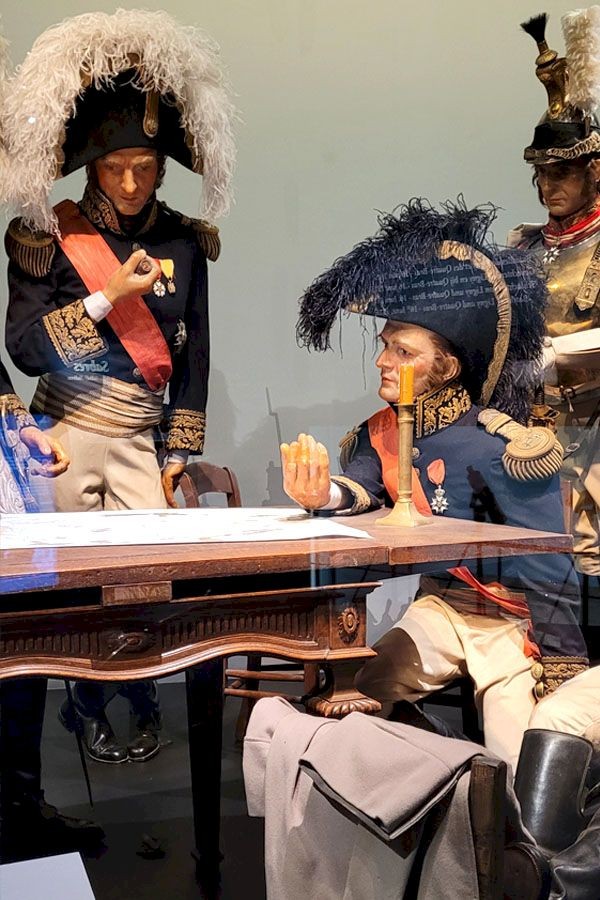
Napoleon decided to defeat the coalition armies separately. To do this, he gave his troops the march to Brussels to avoid the British and the Prussian armies joining against him.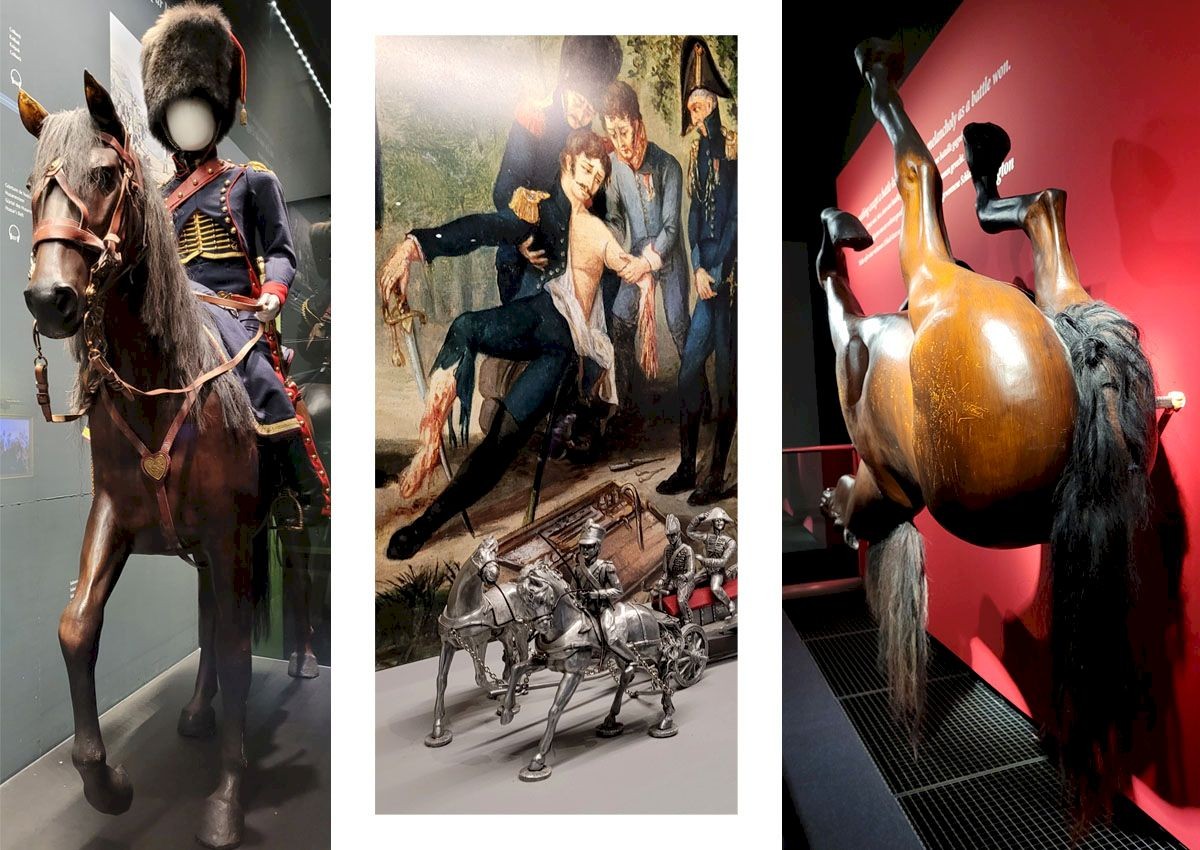
On April 18, 1815, a decisive battle took place near Waterloo, which at that time belonged to the Kingdom of the Netherlands... The allied armies of Great Britain,
Prussia, and other allies won as we all know.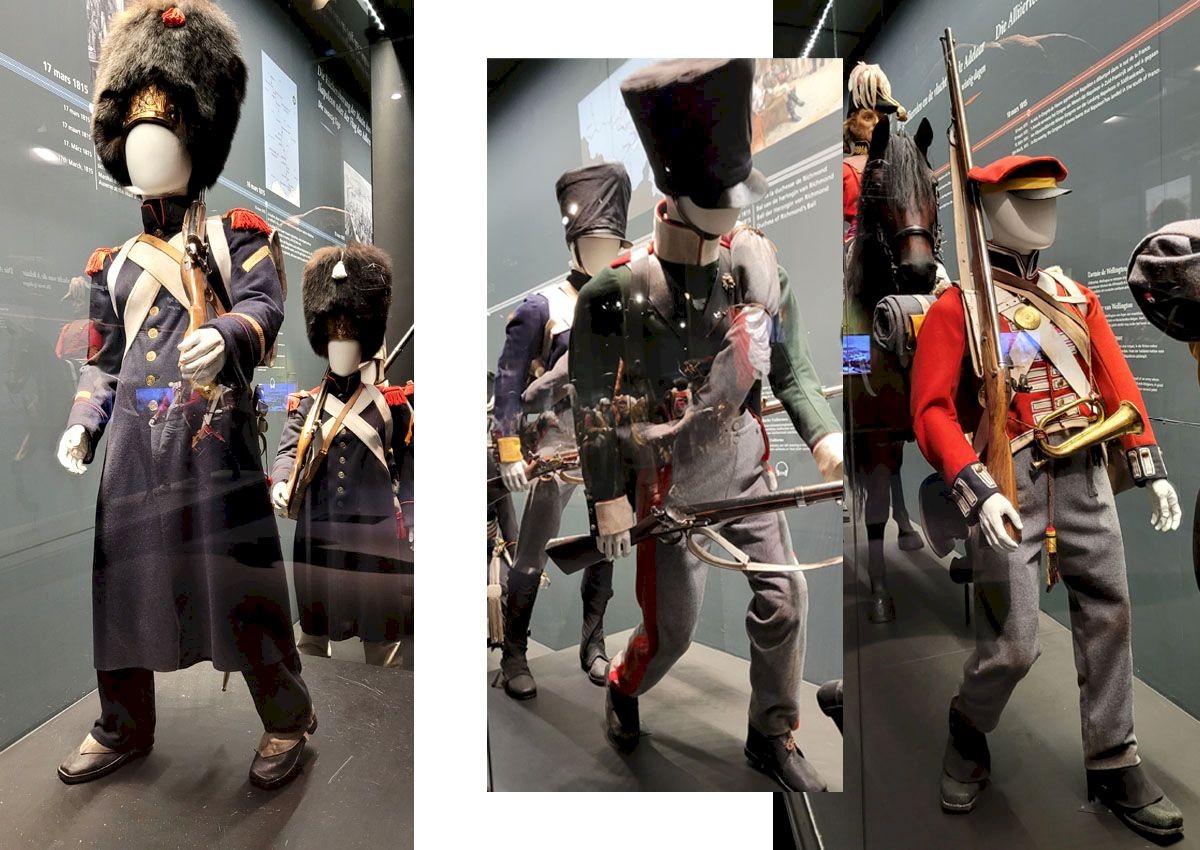
On the site of the famous battle is the Waterloo Museum complex. The defeat at Waterloo forced Napoleon to abdicate from the throne a second time. Napoleon was exiled to Saint Helena in the Atlantic Ocean, far from the shores of Europe, where he died in May 1821. In his dying delirium, he continued to give orders to his army.
Later, Napoleon's last will was carried out. He was buried in France. His remains were transported to France in 1840, where they were buried at Les Invalides in
Paris. The sarcophagus with the emperor’s remains still is in the crypt of the cathedral. The perimeter of the tomb is surrounded by 12 statues.
There are all statues dedicated to Napoleon's victories.
The museum gives an impression of what an ordeal the battle must have been.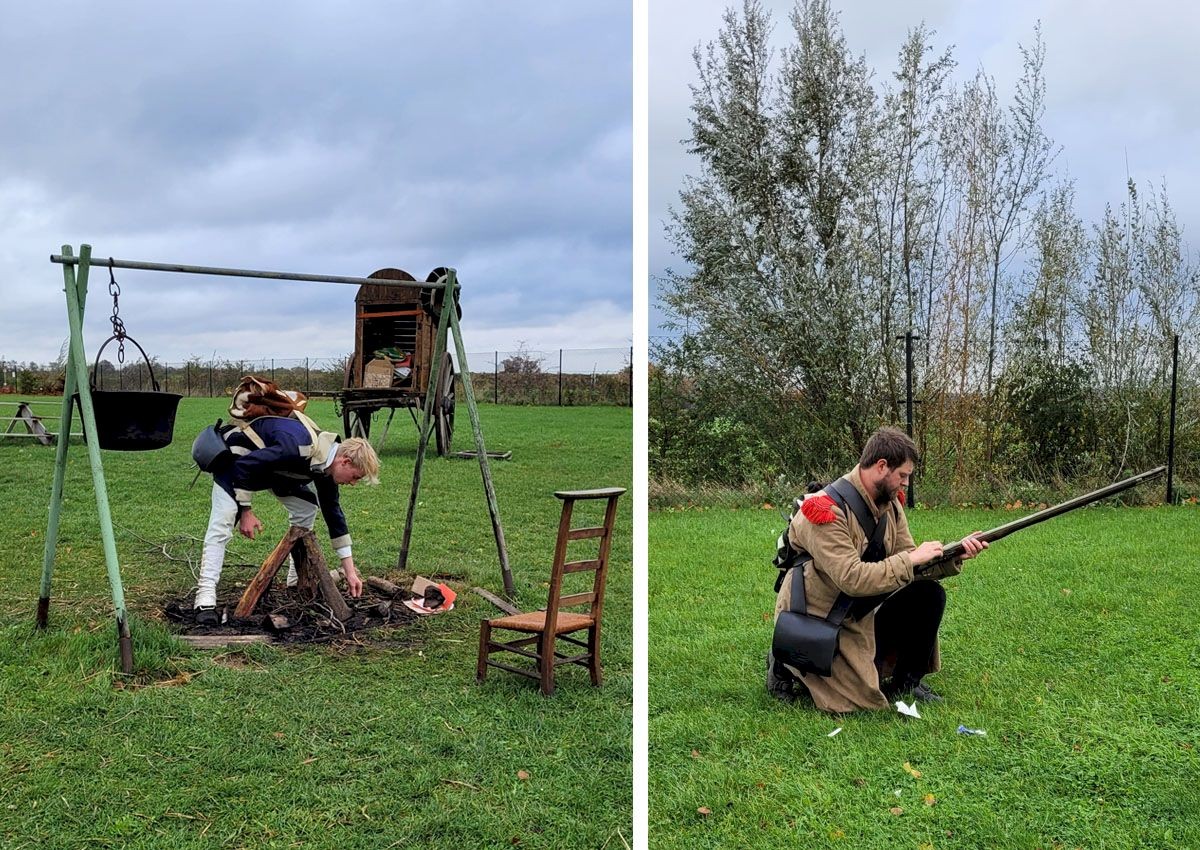
Some enthusiastic students even reenact the loading of guns and life at the army camp. Back at home, the memory of the excursion incites me to visit the museum complex again.
I am sure you will take a piece of Belgium with you into your heart after having visited Waterloo.
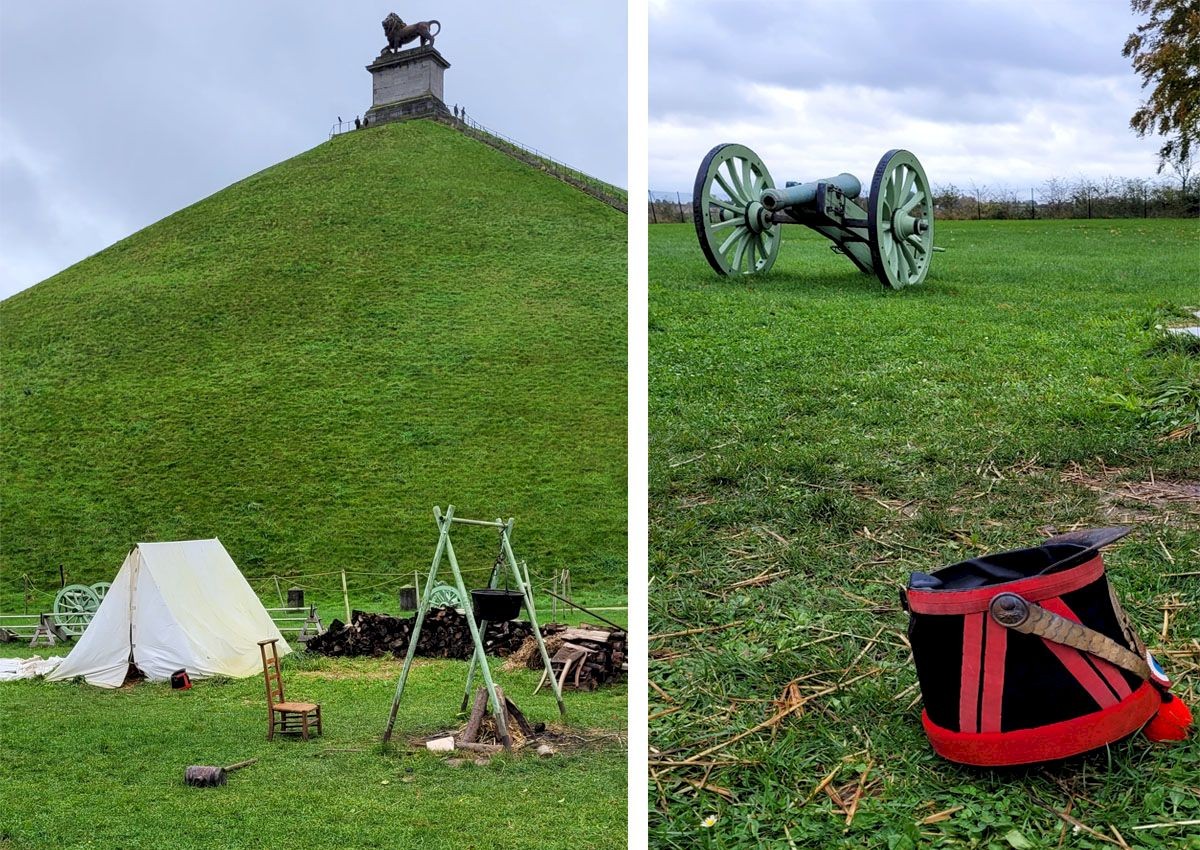
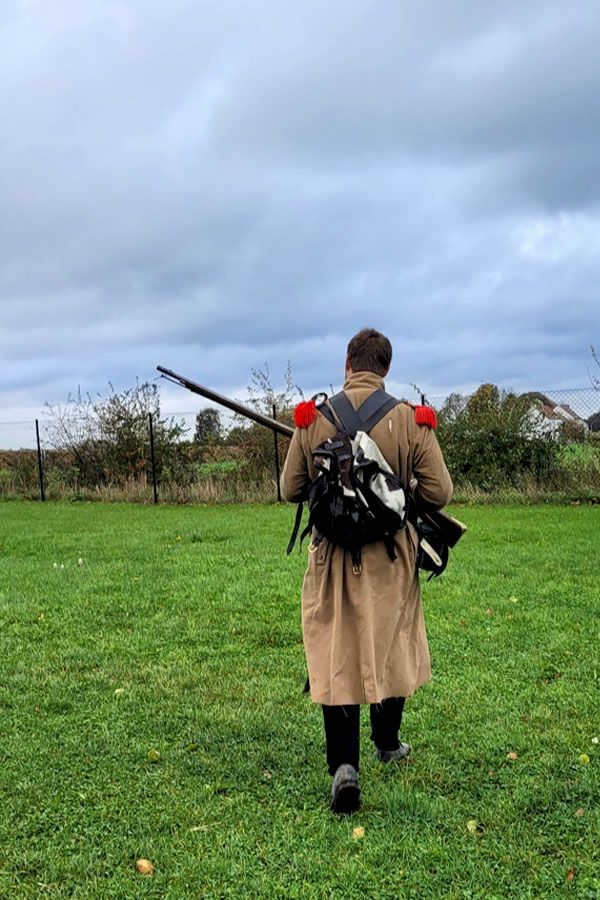
Thanks for the great history lesson. Very informative indeed. A visit to waterloo must be interesting
Beautiful wording and pictures👏👏👏
It`s quite an imposing view from the top of the Lion mound. Looking down onto the killing fields and the stupid games men with power play and continue to play. Beaten by the weather. If he had attacked in the morning he would most likely have won. However, tourism started the followng day after the battle finished and many of the weapons can be found in the musiums near Schuman. Worth a visit when the weather is nice :-) Otherwise muddy.
Very interesting story about world history. War is the most bad thing for all times.
Hello Anya. Thanks for this wonderful history lesson. I heard the name Waterloo so many times but never realized all the history with Napolean Bonaparte. Well, now I know.